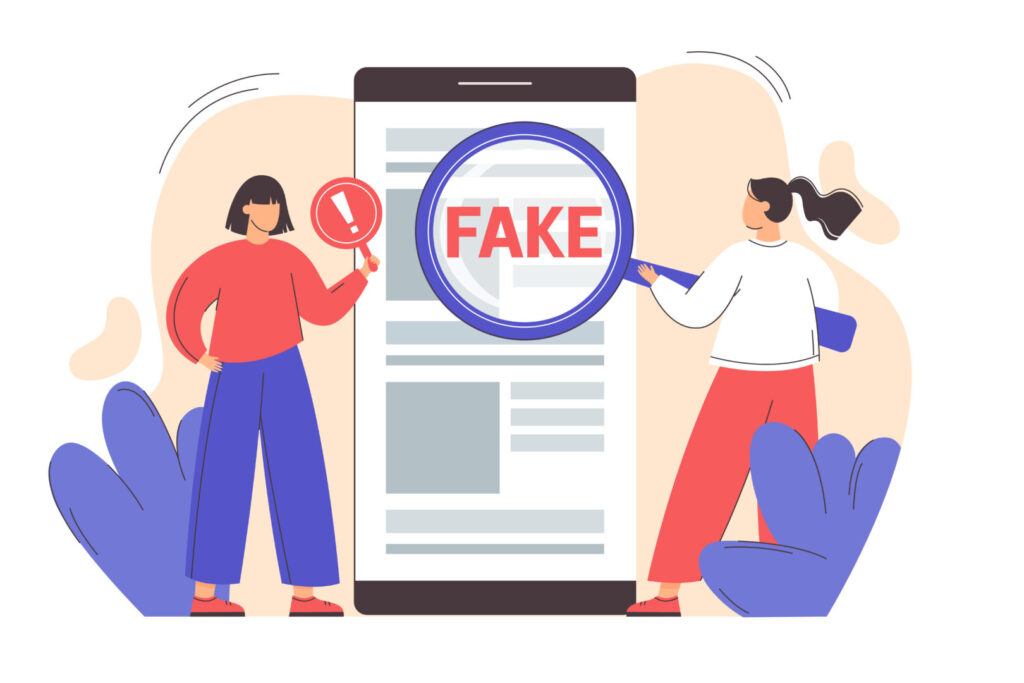
Imagine watching a video of a trusted public figure saying something shocking — only to later discover it never happened. Welcome to the world of deepfakes, a rising cyber threat where artificial intelligence is used to generate hyper-realistic videos that mimic real people. These fabricated clips can fuel scams, spread disinformation, or enable identity theft, making it increasingly difficult to separate fact from fiction.
What Are Deepfakes?
Deepfakes are AI-generated videos that convincingly replicate someone’s appearance, voice, and mannerisms. Fraudsters use this technology to impersonate individuals, from politicians and celebrities to company executives, with the goal of manipulating audiences or committing fraud. While the technology is advancing rapidly, even the most sophisticated deepfakes leave behind subtle flaws.
Spotting the Signs of a Deepfake
1. Eyes and Blinking
The eyes are one of the most common weak points in deepfake videos. While early deepfakes rarely blink, newer versions try to fix this, but subtle issues often remain. Look for:
- Very few blinks or blinks that are too fast to be natural
- Fixed, glassy stares that seem unnatural, almost like the person is frozen
- Eyes that do not follow objects correctly when the head moves
Even small eye inconsistencies can be a strong hint that the video is manipulated.
2. Inner Facial Details
Most deepfake errors appear in the face itself. Some of the details to check include:
- Mouth movements that do not perfectly match the words being spoken
- Teeth that look strange, with gaps, overlaps, or unusual shapes
- Blurry or flickering edges around the jawline or forehead
- Skin that looks too smooth, almost plastic-like, or lacks natural texture
- Lighting or color mismatches, such as a face that is brighter than the rest of the scene or inconsistent skin tones
These small glitches can make a deepfake feel “off” even if you cannot immediately pinpoint why. Comparing the video to other authentic footage of the same person can help highlight differences.
3. Head and Body Details
Deepfakes often focus on the face and neglect the rest of the body. Look for:
- Head size or pose that seems unusual, too big or small, or misaligned with the shoulders
- Unnatural neck movement, where the head appears to float slightly above the body or has sharp edges separating it from the neck
- Gestures that do not match the overall motion, such as hands or arms moving in an awkward way
These inconsistencies are often subtle but can reveal a video as fake if you watch carefully.
4. Always Try to Verify
Even if a video looks technically fine, trust your instincts. If something feels off, or if someone in a live conversation suddenly asks for sensitive information, be cautious. Some ways to verify include:
- On social media, report suspicious videos so that experts can investigate
- In live meetings, ask the person to perform small gestures, like placing a hand in front of the face, looking to the side, or nodding. Deepfakes usually struggle with real-time, interactive movements
- Check other sources for confirmation, such as official accounts or trusted news outlets, before acting on anything in the video
Awareness Is Your Best Defense
Deepfakes are becoming one of the most deceptive tools in the cybercriminal playbook. But knowledge and vigilance remain powerful defenses. By learning to spot inconsistencies in the eyes, facial details, and body alignment, and by always verifying what you see, you can avoid being deceived and help prevent the spread of manipulated content.
In today’s digital landscape, a little skepticism goes a long way.
written by CERTH
